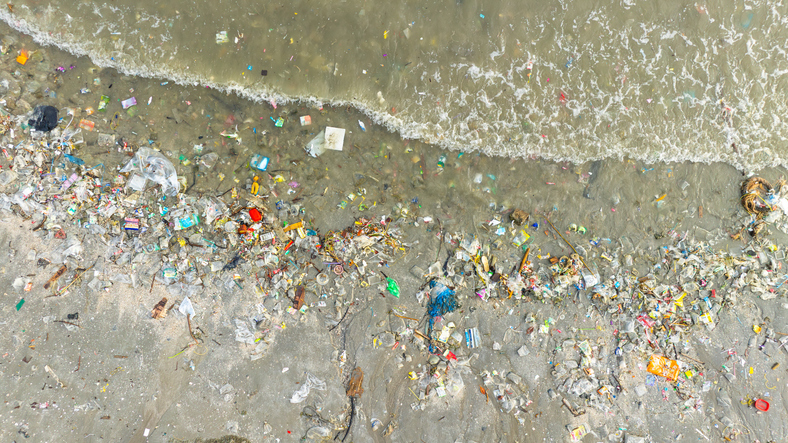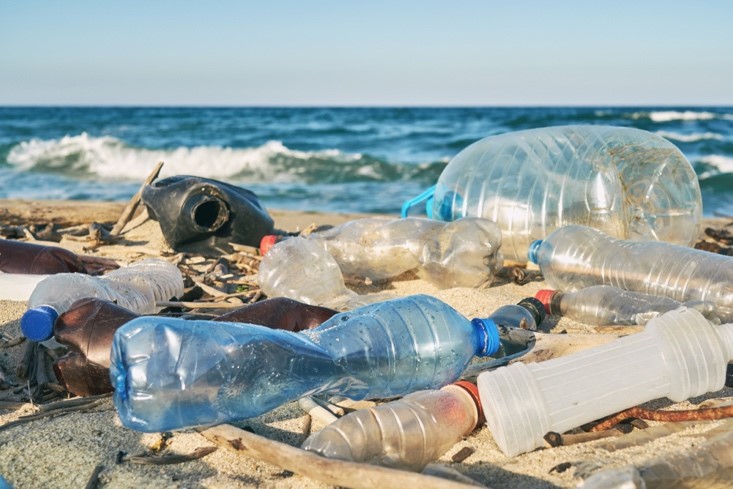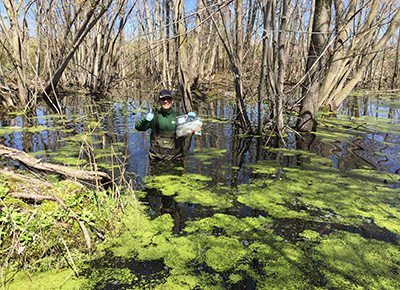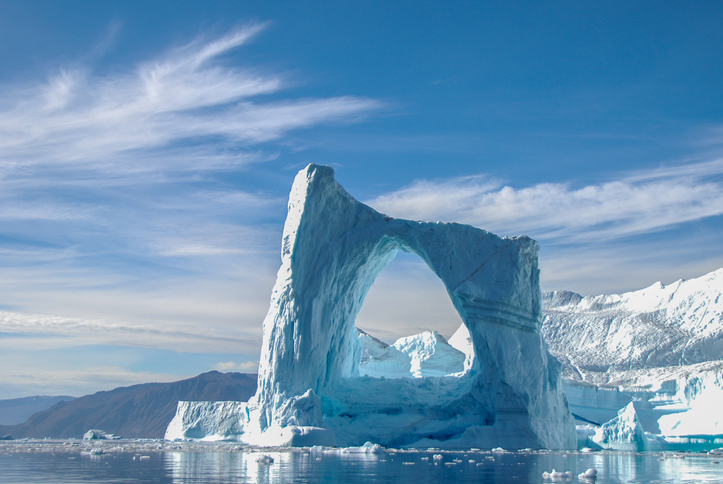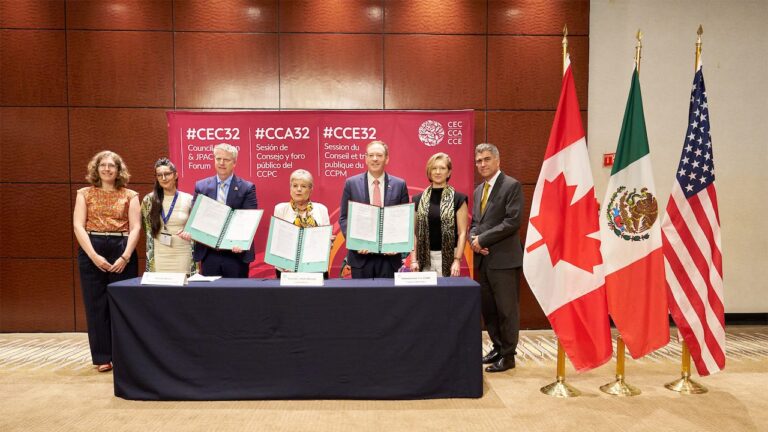Wednesday, August 20, 2025
By Anthony Merante
After more than 24 hours of overnight negotiations, the fifth and final session of the United Nations Intergovernmental Negotiating Committee (INC-5.2) ended last week in Geneva—without a global plastics treaty, leaving the world without a clear path forward.
The failure to reach an agreement has raised questions about the state of multilateralism, as countries were unable to come together, compromise or cooperate. A small group of countries refused to find common ground, blocking progress on tackling the plastic pollution crisis.
Plastic pollution is devastating the ocean, killing wildlife, and polluting the water. A lack of global regulation has allowed microplastics to infiltrate the air, rain, agricultural soils, our food and even our bodies—with growing concern about the long-term effects. The chemicals in plastics are being linked to serious diseases like cancer and infertility. Globally, every year an estimated 19-23 million tonnes of plastic waste leaks into aquatic ecosystems, polluting lakes, rivers and seas. To tackle the issue, countries must take bold action to stop plastic pollution at its source—if not now, when?
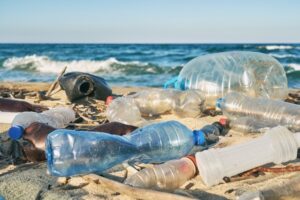
How did a handful of countries derail a global plastics treaty?
The scale of the plastic pollution crisis led the United Nations Environmental Program (UNEP) to pass Resolution 5/14. “End plastic pollution: towards an international legally binding instrument” at its environmental assembly on March 7, 2022.
The resolution called for UNEP countries to gather five times between 2022 and 2025 through the Intergovernmental Negotiating Committees (INC) to develop what came to be known as the global plastics treaty. The first major disagreement emerged at INC – 2 in Paris, when it became clear that some countries were acting in bad faith to derail the process. Countries including the Saudi Arabia and Russia rejected any version of the treaty that would include measures to reduce pollution at the source.
Negotiations began to stall, as proposals from ambitious countries were rejected. Low ambition countries inflated the draft text with weak policies, argued over definitions, and even published an “anti-draft” that removed any mention of human health, plastic chemicals, or measures to reign in global plastic production.
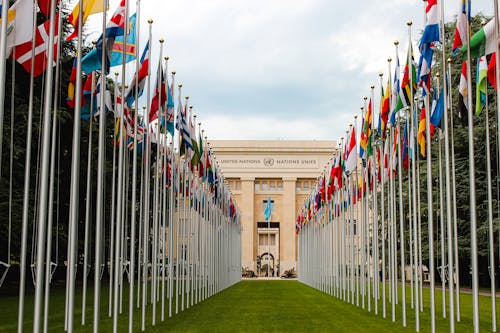
Canada versus the United States
Under former Prime Minister Justin Trudeau, Canada had a clear stance on domestic and international plastics policy. At home, the federal government passed a ban on some unnecessary single-use plastic items and introduced a plastics registry. Internationally, Canada supported an ambitious plastics treaty—backing measures like production control, phasing out unnecessary single-use plastics, and banning harmful plastic chemicals in products like food packaging, clothing, and children’s toys.
Under newly elected Prime Minister Mark Carney, the federal government has signalled continued support for science-based action on plastics and a strong global treaty, even when U.S. President Donald Trump criticized it and referred to Canada’s zero plastic waste strategy as a barrier to trade.
Canada’s commitment to addressing plastic pollution was affirmed by the Minister of Environment and Climate Change Julie Dabrusin in advance of INC 5.2:
“Plastic pollution touches our lives every day. From packaging and clothing to chemicals and additives—plastics impact our environment and, increasingly, our health. The need for a legally-binding treaty on plastic pollution which covers its full lifecycle is clear. At INC 5.2, Canada is committed to working with international partners, provinces and territories, and Canadian industry to end plastic pollution.”

Final moments of negotiation and the black box
A handful of powerful countries continued to push for a weak, voluntary deal focused only on recycling, while blocking measures to cap plastic production, phase out harmful products, regulate toxic chemicals, and make the treaty legally binding. Some have even called for dissolving Resolution 5/14, the very mandate that created the treaty process.
Opponents of a strong global treaty argue that it would undermine sovereignty, disrupt trade, and threaten economic prosperity. But plastic pollution already costs the global economy hundreds of billions annually in estimated health costs, waste management, and environmental cleanup.
On the second-last day of negotiations, the chair of the INC negotiating committee published his own draft, which was met with hash criticism from all sides. Ambitious countries pushed back, and small island states refused on the grounds they did not want to be the world’s dumping grounds. The European Union signalled that plastic is too much of a risk to go unregulated. Canada drew a clear line that the treaty must respect Indigenous rights and knowledge systems.
What happened next was a black box to the public. Delegations from all countries went into closed meetings. Outside the meeting room doors, civil society groups made their message clear: an ambitious treaty or no treaty at all. But alas, no consensus, no treaty.
After three years of negotiation with no outcome, countries serious about ending plastic pollution must consider a new path. Ambitious states can explore alternatives including plurilateral agreements, regional compacts, or high-ambition coalitions—much like climate action advanced when consensus failed.
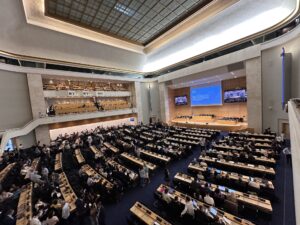
It’s time to lead
Canada, alongside several high-ambition countries, worked hard to find consensus on the global treaty. With negotiations stalled, the moment demands leadership at home and abroad. It’s time for Canada to forge sustainable markets for reuse and recycled content that serve its interest and those of new trade partners already taking action against plastic pollution—including the European Union, United Kingdom, South Korea, Mexico, Japan, and Australia.
At home, Canada must also take immediate action to reduce plastic waste. Canada produces nearly 2.4 million tonnes of plastic packaging waste each year. And that number keeps growing dramatically. Canada needs regulations that create circular systems through reuse and must phase out materials that can’t be handled by waste management infrastructure. To protect public health, Canada must also ban harmful plastic chemicals commonly found in food packaging, clothing, textiles, and children’s toys.
Though the outcome of INC 5.2 is disappointing, it reinforces the importance of leadership starting at home. Canada needs to broaden its tools to cut production, ban toxic chemicals, and scale up refill and reuse. Canada, along with other ambitious countries, must act—the oceans, environment and our health can’t wait any longer.

Anthony Merante is a Senior Plastics Campaigner at Oceana Canada.
Featured photo credits: Getty Images

